Julien Rebut
Raw High-Definition Radar for Multi-Task Learning
Dec 20, 2021
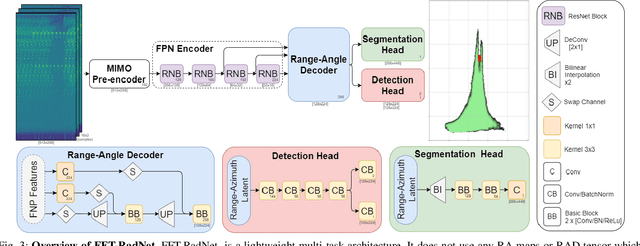
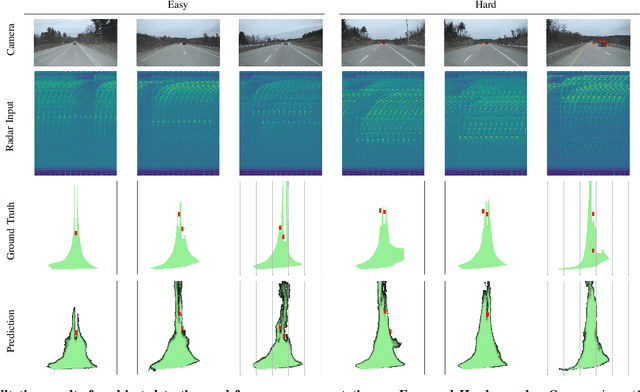
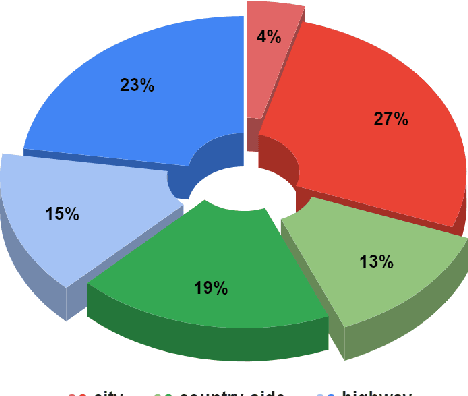
Abstract:With their robustness to adverse weather conditions and ability to measure speeds, radar sensors have been part of the automotive landscape for more than two decades. Recent progress toward High Definition (HD) Imaging radar has driven the angular resolution below the degree, thus approaching laser scanning performance. However, the amount of data a HD radar delivers and the computational cost to estimate the angular positions remain a challenge. In this paper, we propose a novel HD radar sensing model, FFT-RadNet, that eliminates the overhead of computing the Range-Azimuth-Doppler 3D tensor, learning instead to recover angles from a Range-Doppler spectrum. FFT-RadNet is trained both to detect vehicles and to segment free driving space. On both tasks, it competes with the most recent radar-based models while requiring less compute and memory. Also, we collected and annotated 2-hour worth of raw data from synchronized automotive-grade sensors (camera, laser, HD radar) in various environments (city street, highway, countryside road). This unique dataset, nick-named RADIal for "Radar, Lidar et al.", is available at https://github.com/valeoai/RADIal.
Multi-View Radar Semantic Segmentation
Mar 30, 2021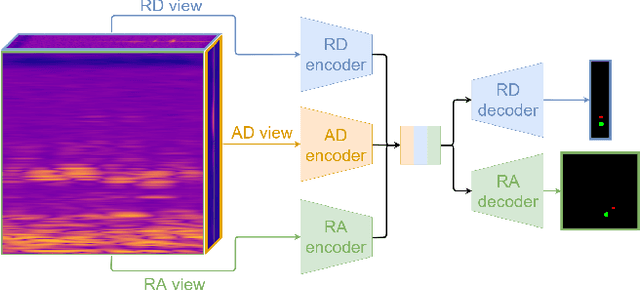
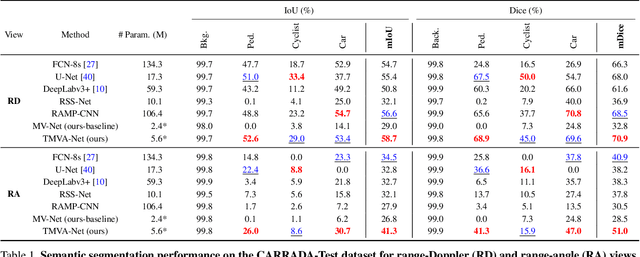
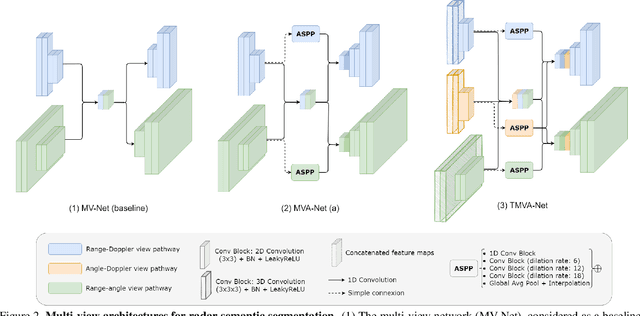
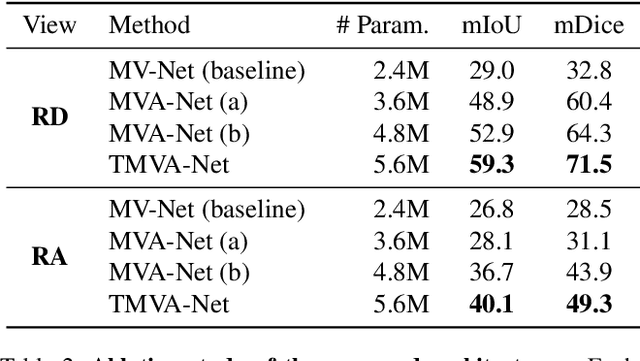
Abstract:Understanding the scene around the ego-vehicle is key to assisted and autonomous driving. Nowadays, this is mostly conducted using cameras and laser scanners, despite their reduced performances in adverse weather conditions. Automotive radars are low-cost active sensors that measure properties of surrounding objects, including their relative speed, and have the key advantage of not being impacted by rain, snow or fog. However, they are seldom used for scene understanding due to the size and complexity of radar raw data and the lack of annotated datasets. Fortunately, recent open-sourced datasets have opened up research on classification, object detection and semantic segmentation with raw radar signals using end-to-end trainable models. In this work, we propose several novel architectures, and their associated losses, which analyse multiple "views" of the range-angle-Doppler radar tensor to segment it semantically. Experiments conducted on the recent CARRADA dataset demonstrate that our best model outperforms alternative models, derived either from the semantic segmentation of natural images or from radar scene understanding, while requiring significantly fewer parameters. Both our code and trained models will be released.
StyleLess layer: Improving robustness for real-world driving
Mar 25, 2021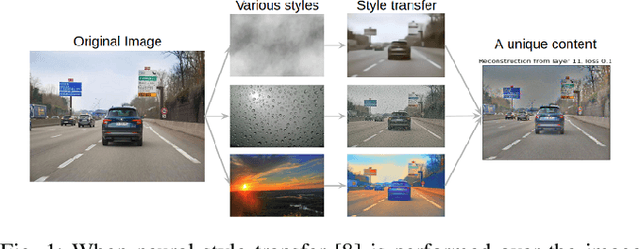

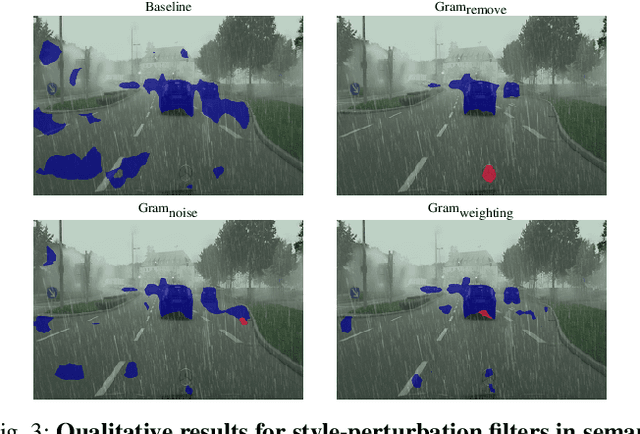
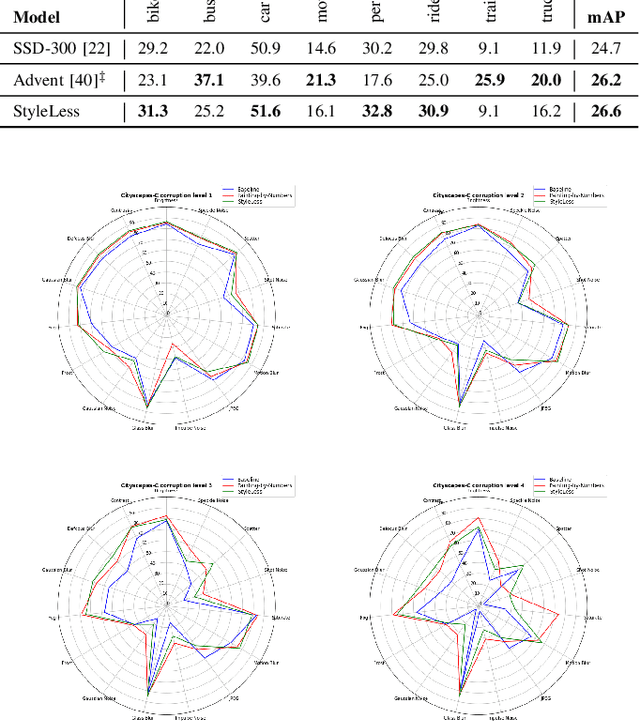
Abstract:Deep Neural Networks (DNNs) are a critical component for self-driving vehicles. They achieve impressive performance by reaping information from high amounts of labeled data. Yet, the full complexity of the real world cannot be encapsulated in the training data, no matter how big the dataset, and DNNs can hardly generalize to unseen conditions. Robustness to various image corruptions, caused by changing weather conditions or sensor degradation and aging, is crucial for safety when such vehicles are deployed in the real world. We address this problem through a novel type of layer, dubbed StyleLess, which enables DNNs to learn robust and informative features that can cope with varying external conditions. We propose multiple variations of this layer that can be integrated in most of the architectures and trained jointly with the main task. We validate our contribution on typical autonomous-driving tasks (detection, semantic segmentation), showing that in most cases, this approach improves predictive performance on unseen conditions (fog, rain), while preserving performance on seen conditions and objects.
PolarNet: Accelerated Deep Open Space Segmentation Using Automotive Radar in Polar Domain
Mar 04, 2021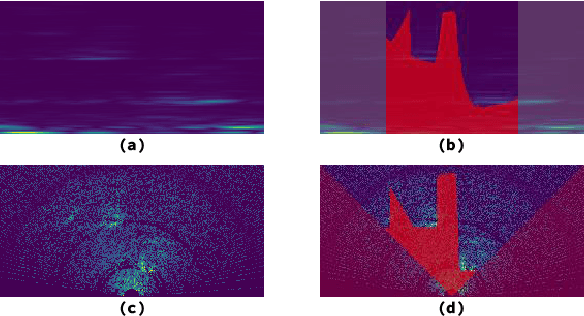
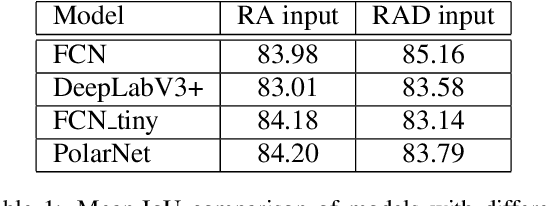
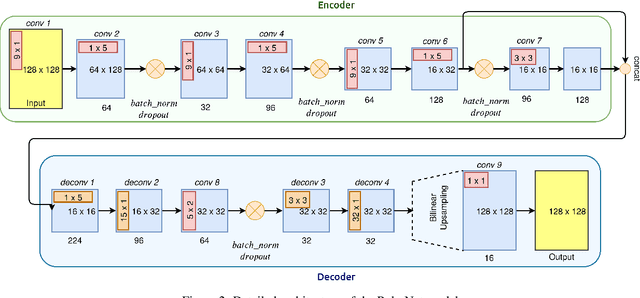
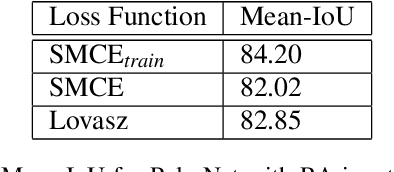
Abstract:Camera and Lidar processing have been revolutionized with the rapid development of deep learning model architectures. Automotive radar is one of the crucial elements of automated driver assistance and autonomous driving systems. Radar still relies on traditional signal processing techniques, unlike camera and Lidar based methods. We believe this is the missing link to achieve the most robust perception system. Identifying drivable space and occupied space is the first step in any autonomous decision making task. Occupancy grid map representation of the environment is often used for this purpose. In this paper, we propose PolarNet, a deep neural model to process radar information in polar domain for open space segmentation. We explore various input-output representations. Our experiments show that PolarNet is a effective way to process radar data that achieves state-of-the-art performance and processing speeds while maintaining a compact size.
Deep Open Space Segmentation using Automotive Radar
Mar 18, 2020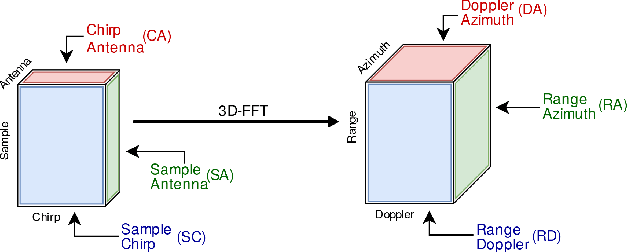
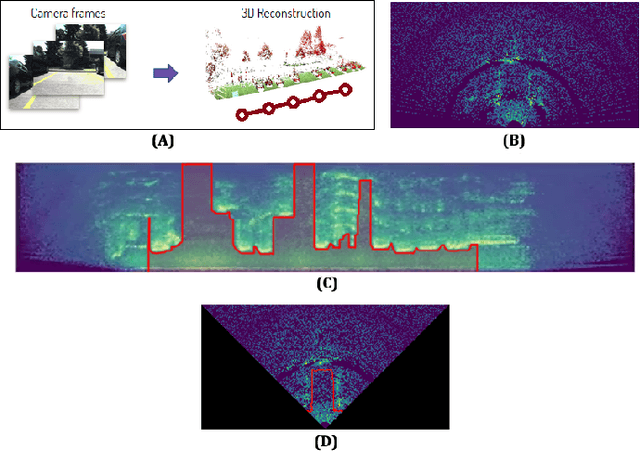
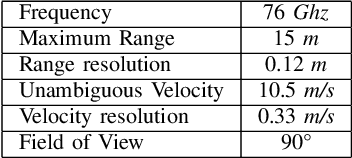

Abstract:In this work, we propose the use of radar with advanced deep segmentation models to identify open space in parking scenarios. A publically available dataset of radar observations called SCORP was collected. Deep models are evaluated with various radar input representations. Our proposed approach achieves low memory usage and real-time processing speeds, and is thus very well suited for embedded deployment.
How much real data do we actually need: Analyzing object detection performance using synthetic and real data
Jul 16, 2019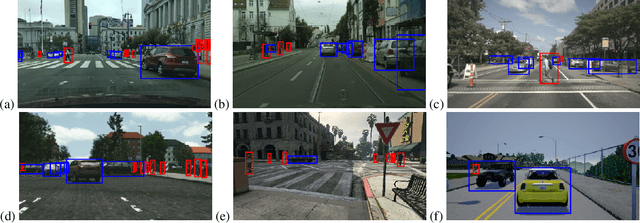


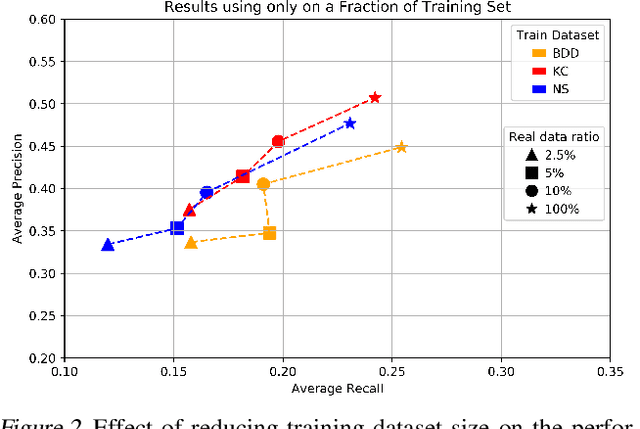
Abstract:In recent years, deep learning models have resulted in a huge amount of progress in various areas, including computer vision. By nature, the supervised training of deep models requires a large amount of data to be available. This ideal case is usually not tractable as the data annotation is a tremendously exhausting and costly task to perform. An alternative is to use synthetic data. In this paper, we take a comprehensive look into the effects of replacing real data with synthetic data. We further analyze the effects of having a limited amount of real data. We use multiple synthetic and real datasets along with a simulation tool to create large amounts of cheaply annotated synthetic data. We analyze the domain similarity of each of these datasets. We provide insights about designing a methodological procedure for training deep networks using these datasets.
 Add to Chrome
Add to Chrome Add to Firefox
Add to Firefox Add to Edge
Add to Edge